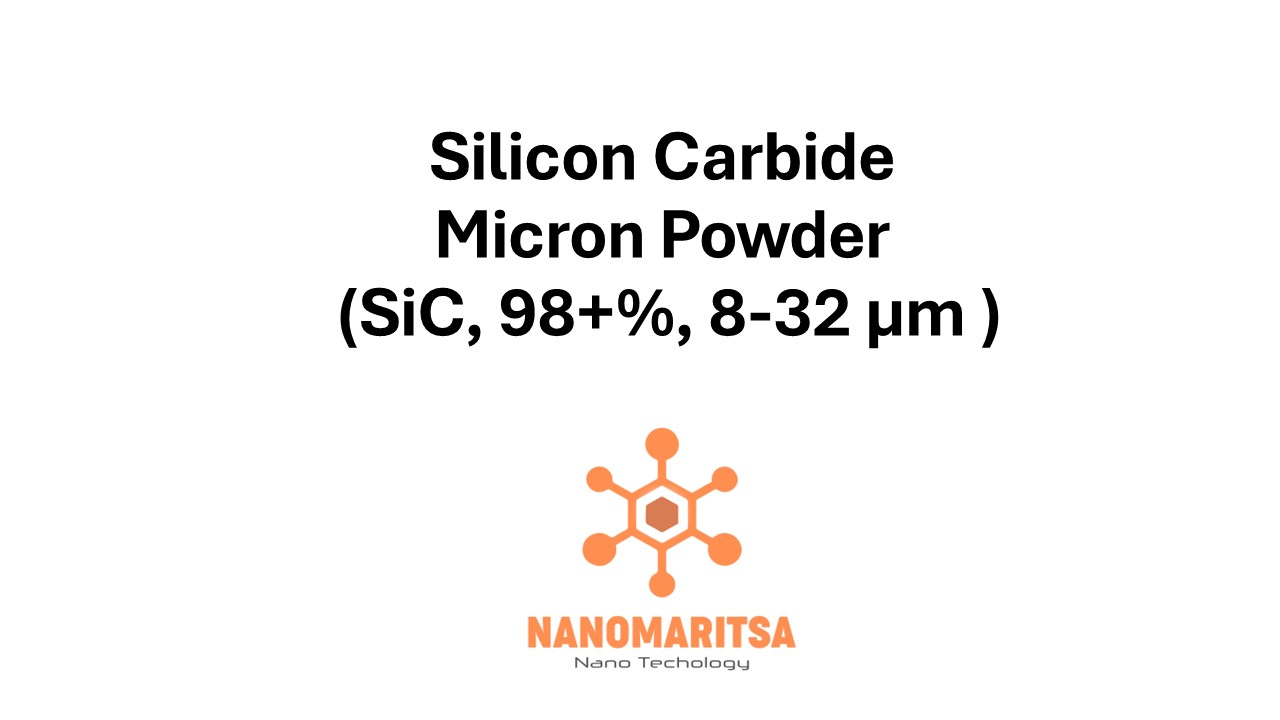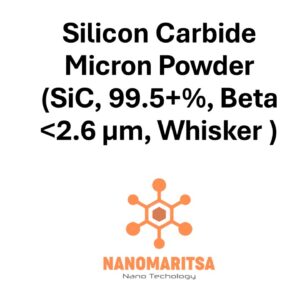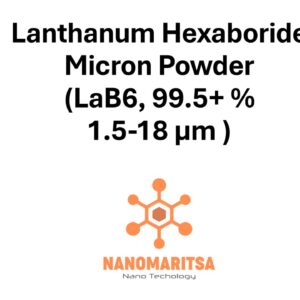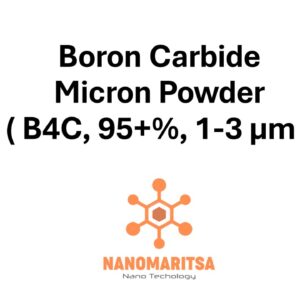Silicon Carbide Micron Powder (SiC, 98+%, 8–32 µm) is a versatile ceramic material known for its outstanding hardness, thermal conductivity, and resistance to chemical and mechanical wear. With a particle size range of 8 to 32 micrometers and a purity of 98+%, this material is ideal for applications requiring durability, heat resistance, and reliable performance in challenging environments. Its broad applicability makes it a critical component in industries such as manufacturing, automotive, aerospace, and energy.
1. Key Properties
Exceptional Hardness Provides superior abrasion resistance, making it ideal for high-stress and abrasive applications.
Thermal Conductivity Effectively dissipates heat, ensuring stability in high-temperature operations.
Chemical Resistance Withstands oxidation and chemical exposure, ensuring longevity in harsh environments.
Mechanical Strength Retains structural integrity under mechanical stress, suitable for demanding applications.
Particle Size (8–32 µm) Optimized for applications requiring controlled distribution and enhanced mechanical properties.
Purity (98+%) Balances excellent performance with economic feasibility for industrial-scale use.
2. Applications
Abrasives and Cutting Tools Used in grinding, polishing, and cutting applications due to its extreme hardness and wear resistance.
Thermal Management Systems Ideal for heat sinks, thermal coatings, and components requiring effective heat dissipation.
Industrial Ceramics Incorporated into high-temperature ceramics for applications in refractory and industrial processes.
Automotive Components Used in brake pads, clutches, and high-strength parts for improved durability and performance.
Aerospace Engineering Supports lightweight, high-strength components exposed to extreme thermal and mechanical stress.
Energy Systems Applied in renewable energy technologies such as fuel cells and high-temperature batteries.
3. Advantages
Superior Wear Resistance Enhances the longevity of components in abrasive and high-wear environments.
High Thermal Stability Performs reliably at extreme temperatures, ensuring durability in high-temperature applications.
Chemical Durability Maintains integrity in aggressive chemical and oxidizing environments.
Cost-Effective Purity Provides a balance between performance and cost for industrial-scale operations.
Optimized Particle Size Ensures uniform application and efficient integration into coatings, composites, and manufacturing processes.
4. Recent Trends and Research
Abrasive Technology Innovations Research focuses on optimizing SiC for advanced grinding, cutting, and polishing tools.
Energy Systems Studies explore SiC’s role in high-efficiency renewable energy technologies and thermal management systems.
Aerospace Applications Developments are directed toward integrating SiC into high-performance materials for thermal shields and lightweight structures.
Automotive Advancements Efforts aim to enhance SiC’s application in high-strength, wear-resistant automotive components.
3D Printing and Additive Manufacturing Innovations are utilizing SiC powders for producing complex, high-performance parts.
5. Future Prospects
Industrial Abrasives SiC will continue to be indispensable in advanced abrasive tools and wear-resistant coatings.
Thermal Management Its role in heat dissipation and thermal stability will expand with advancements in electronics and energy systems.
Aerospace and Automotive SiC’s properties will support the development of lightweight, durable components for next-generation technologies.
Renewable Energy Systems Its use in fuel cells, batteries, and energy-efficient devices will grow with increasing focus on sustainability.
Sustainable Manufacturing Eco-friendly production methods and recycling initiatives will enhance its appeal in green industries.
With its 8–32 µm particle size, 98+% purity, and exceptional hardness, thermal, and chemical properties, Silicon Carbide Micron Powder (SiC) is a key material for advanced applications in abrasives, energy, and industrial manufacturing. Its versatility and cost-effective performance make it a cornerstone in modern engineering and materials science.






